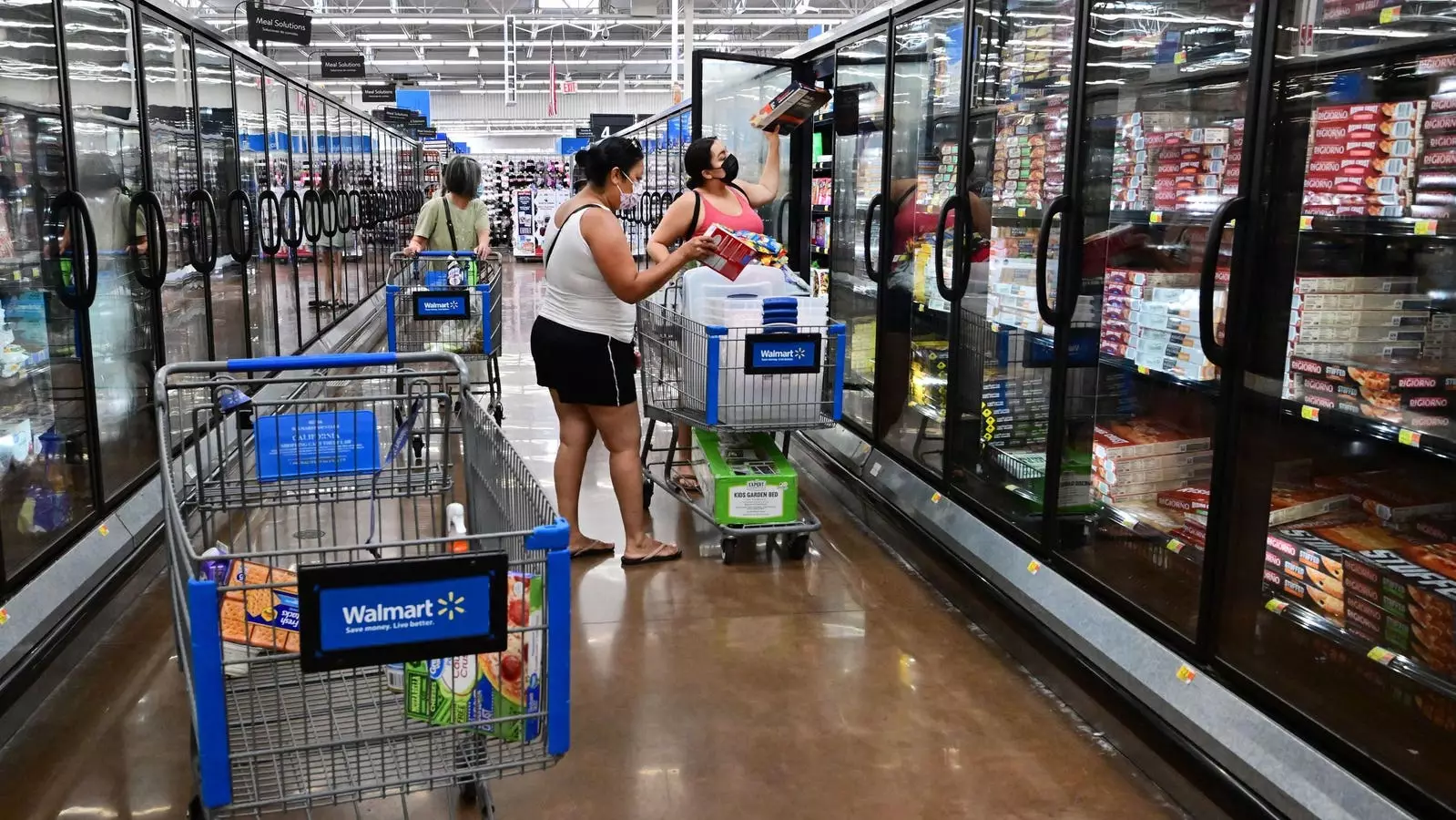The way Americans engage with food is undergoing a transformative shift as consumer confidence experiences a significant decline. Marked by unstable economic conditions, rising inflation, and the mounting pressure of financial uncertainty, individuals are re-evaluating how and what they eat. This article delves into the current landscape of American eating habits, emphasizing the changing dynamics in grocery shopping, restaurant dining, and home cooking as a response to economic challenges.
Recent surveys, including those from the Conference Board, reveal a troubling dip in consumer confidence, now at its lowest since mid-2024. This decline reflects rising inflation expectations, soaring food prices, and an overall climate of financial unease that affects spending behaviors. Notably, consumers are not merely cutting back on expenditures; instead, they are strategically shifting their spending habits in response to these economic pressures.
The phenomenon of “recession diets” isn’t novel—past downturns have similarly impacted food choices and purchasing behaviors. However, the severity of the current situation necessitates a closer examination of how these patterns are manifesting today. As grocery bills mount, consumers are turning towards budget-friendly options, bulk-buying, and private-label products while reducing their purchases of premium items. This shift signals a potential return to the financial prudence that characterizes periods of economic difficulty.
With food prices reaching unprecedented heights—including notable increases in staple products like eggs—shoppers are seeking ways to minimize costs. A noticeable trend is the resurgence of bulk buying, with many consumers gravitating towards warehouse clubs and family-sized packages that promise value over variety. The once-popular indulgences of gourmet and specialty items are relegated to the background as practical substitutes take precedence on shopping lists.
In response to these evolving consumer preferences, grocery brands are adapting their strategies. Common tactics include “shrinkflation”—where product sizes decrease, but prices remain the same—and the promotion of value-oriented lines over high-end products. This dynamic is reshaping grocery store landscapes, encouraging a more strategic approach to shopping that emphasizes affordability and practicality.
As economic pressures mount, dining habits shift dramatically. Historical patterns reveal that fast-food chains often thrive during downturns, as they offer quick, affordable meals that provide a sense of comfort without financial strain. Current data supports this trend, with fast-food sales remaining robust even as full-service restaurants face significant challenges.
Independent restaurants are particularly hard-hit. According to data from the 2025 James Beard Independent Restaurant Industry Report, many are grappling with declining patronage, despite raising menu prices to counteract rising supply costs. As diners become increasingly cost-conscious, independent eateries must redefine their models to attract customers. The trend towards fast-casual dining—a blend of quality and affordability—has gained traction, while fine dining establishments are pivoting towards more experiential offerings aimed at a niche audience willing to pay a premium.
With the mid-tier dining establishments struggling to maintain viability, consumers find their options narrowing. Dining out is evolving from a habitual activity to a deliberate choice, often reserved for special occasions or unique experiences. As such, the landscape of food service is transitioning to offer either budget options or luxury experiences, creating a stark divide in market offerings.
In tandem with changes in dining out, the trend towards home cooking is on the rise. The nostalgia-driven comfort foods and affordable recipes reminiscent of prior economic downturns are making a comeback. However, this time, social media platforms like TikTok are playing a pivotal role in shaping culinary trends. Recipes for economical meals, meal prep challenges, and creative cooking hacks are proliferating online, making home cooking not only a necessity but exciting and accessible.
Brands are quickly catching on to this shift in consumer behavior and are crafting marketing campaigns centered around affordability, practicality, and comforting recipes. As wallets tighten, the demand for high-quality yet budget-friendly options at home is set to redefine the future of food consumption in a way that’s relatable and appealing.
The landscape of American eating habits is clearly shifting in response to economic adversity. Factors such as a decrease in consumer confidence are reshaping grocery shopping towards more economical choices, leading to adaptations in the restaurant sector, and promoting a resurgence in home cooking practices. As we navigate these changes, the way Americans eat in the coming years will continue to reflect the ongoing tug-of-war between economic pressures and the desires for comfort, connection, and culinary exploration.
- The Rise of Aberlour 18: A Triumph in the World of Scotch - June 24, 2025
- The Departure of Captain Kate McCue: A New Chapter Begins - June 24, 2025
- Transforming Travel: The Promising Future of NDC Adoption in the Aviation Sector - June 24, 2025


Leave a Reply